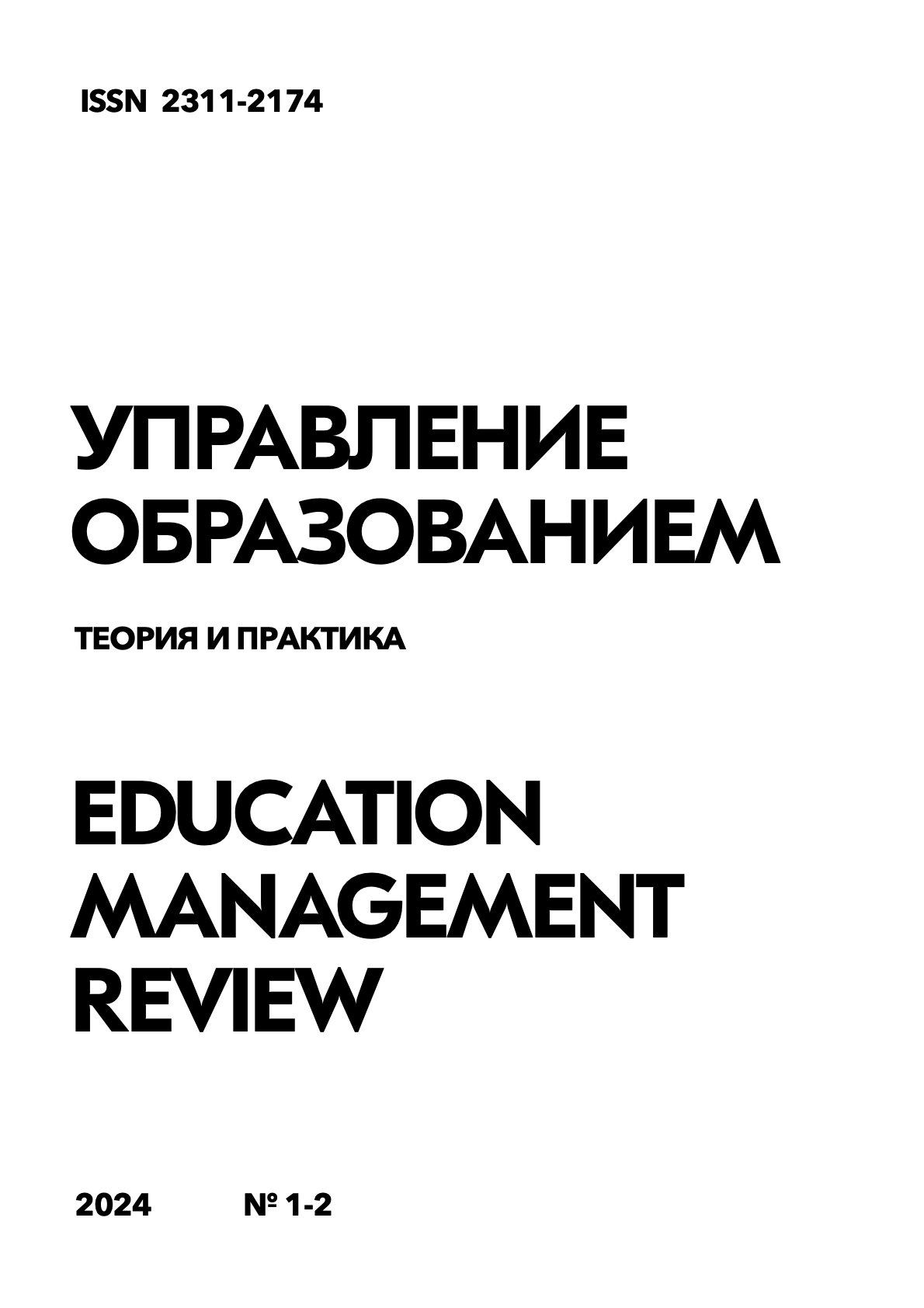The role of cognitive linguistics in understanding the processes of perception and interpretation of text in translation
DOI:
https://doi.org/10.25726/c3852-9347-4601-eKeywords:
cognitive linguistics, translation, text perception, interpretation, frames, mental spaces, cognitive translation strategiesAbstract
This article examines the role of cognitive linguistics in understanding the processes of perception and interpretation of text in translation. The research is based on the theoretical foundations of cognitive linguistics, translatology and psycholinguistics. The work uses methods of content analysis, comparative analysis, as well as experimental methods, including surveys and interviews with 50 professional translators. The results of the study show that the use of a cognitive-linguistic approach allows for a deeper understanding of the mechanisms of perception and interpretation of the source text by the translator. In particular, it was found that during the translation process, various frames, scenarios and mental spaces associated with culturally specific concepts of the source language are activated. So, when translating the phraseology «to kill two birds with one stone» into Russian, the frame «HUNTING» is activated in the translator's mind, which helps to choose the equivalent expression «to kill two birds with one stone». In addition, it was revealed that translators rely on their previous experience and background knowledge when interpreting polysemous words and neologisms. For example, to translate the neologism «stream» (from English streaming), the translator needs to activate knowledge about modern streaming technologies. Experimental data show that translators use different cognitive strategies when working with texts of different genres and styles. Thus, when translating scientific and technical texts, the focus is on terminology and accuracy of wording, while for literary translation, the transfer of imagery and emotional tonality of the original is of paramount importance. The results obtained contribute to the development of cognitive translation studies and can be used in the practice of teaching translators, as well as in the development of automated translation systems taking into account cognitive factors.
References
Вороничев О.Е. О многозначности и омонимии имён собственных // Начальная школа плюс До и После. 2012. № 6. С. 90-94.
Ahrens B., Kauschke C. Cognitive processing in bilingual and monolingual speakers: Evidence from event-related potentials // Journal of Neurolinguistics. 2019. № 52. 100850.
Alves F., Hurtado Albir A. Cognitive approaches to translation. The handbook of translation and cognition. Ed. J.W. Schwieter, A. Ferreira. Hoboken: John Wiley & Sons Inc., 2017. pp. 3-20.
Goddard C., Wierzbicka A. Words and meanings: Lexical semantics across domains, languages, and cultures. London: Oxford University Press, 2014. 316 р.
Harding S.-M., Cortés O.C. The Routledge handbook of translation and culture. Routledge. 2018. 656 р.
Hervais-Adelman A., Moser-Mercer B., Golestani N. Brain functional plasticity associated with the emergence of expertise in extreme language control // NeuroImage. 2015. рр. 264-274.
Kroll J.F., Navarro-Torres C.A. Bilingualism. In J. T. Wixted (Ed.), Stevens' handbook of experimental psychology and cognitive neuroscience. Hoboken: John Wiley & Sons Inc., 2018. pp. 1-30.
Künzli A. Revision and post-editing. The handbook of translation and cognition. Ed. J.W. Schwieter, Ferreira. Hoboken: John Wiley & Sons Inc., 2017. pp. 364-384.
Muñoz Martín, R. (2016). Reembedding translation process research. John Benjamins Publishing Company. https://doi.org/10.1075/btl.128
O'Brien S. The borrowers: Researching the cognitive aspects of translation // Target: Impact Factor, Indexing, Ranking. 2015. № 25(1). рр. 5-17.
Rojo López A.M. Translation meets cognitive science: The imprint of translation on cognitive processing // Multilingua. 2015. № 34(6). pp. 721-746.
Ruiz C., Paredes N., Macizo P., Bajo M.T. Activation of lexical and syntactic target language properties in translation // Acta Psychologica. 2008. № 128(3). рр. 490-500.
Shreve G.M., Angelone E. Translation and cognition // American Translators Association Scholarly Monograph Series XV. Amsterdam-Philadelphia: John Benjamins Publishing Company, 2010. 380 p.
Stamenov M.I., Gerganov A. Modelling the effects of semantic and syntactic complexities in translation: Perspectives from translation process research. In A. Ferreira & J. W. Schwieter (Eds.), Psycholinguistic and cognitive inquiries into translation and interpreting. Amsterdam-Philadelphia: John Benjamins Publishing Company, 2015. pp. 71-94.
Szpak K. Cognitive effort in translation: A cue-based approach. Springer International Publishing. 2019.
Whyatt B., Naranowicz M. Testing the cognitive effort involved in translation: Insights from eye tracking, key logging and retrospective protocols. Ed. I. Lacruz, R. Jääskeläinen // Innovation and expansion in translation process research. Amsterdam-Philadelphia: John Benjamins Publishing Company. 2019. pp. 287-314.

